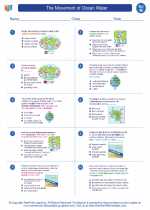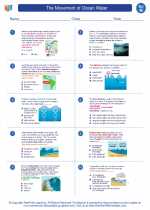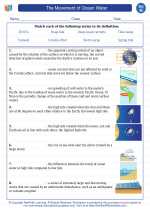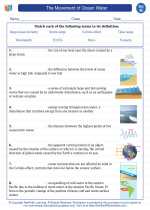Stratiform Rain
Stratiform rain is a type of precipitation that occurs when a large area is covered by a continuous layer of clouds. This type of rain is associated with steady, light to moderate rainfall over an extended period of time. It is often caused by the lifting of a large, stable air mass over a broad area, leading to widespread and prolonged rainfall.
Causes of Stratiform Rain
Stratiform rain is typically associated with frontal systems, where a warm air mass is forced to rise over a colder air mass. As the warm air rises, it cools and condenses, forming a broad layer of clouds that can produce continuous rainfall. Additionally, stratiform rain can also occur in association with large-scale weather systems such as low-pressure areas or troughs, where widespread cloud cover and precipitation develop over a region.
Characteristics of Stratiform Rain
Stratiform rain is characterized by its steady and prolonged nature. It often results in light to moderate rainfall over a wide area, lasting for several hours or even days. The precipitation tends to be more uniform and widespread compared to other types of rain, and is often accompanied by overcast skies and low-intensity winds.
Impact of Stratiform Rain
Stratiform rain can have both positive and negative impacts. It is beneficial for agriculture, as it provides a consistent and gentle watering of crops over time. However, prolonged periods of stratiform rain can also lead to flooding, especially in areas with poor drainage or in regions already saturated by previous rainfall.
Study Guide
- What is the main characteristic of stratiform rain?
- How is stratiform rain typically caused?
- What are the potential impacts of stratiform rain?
- Describe the cloud cover associated with stratiform rain.
It's important to understand the causes, characteristics, and impacts of stratiform rain in order to appreciate its role in the water cycle and its effects on the environment and human activities.
.◂Science Worksheets and Study Guides Eighth Grade. The Movement of Ocean Water

 Worksheet/Answer key
Worksheet/Answer key
 Worksheet/Answer key
Worksheet/Answer key
 Worksheet/Answer key
Worksheet/Answer key
 Vocabulary/Answer key
Vocabulary/Answer key
 Vocabulary/Answer key
Vocabulary/Answer key
